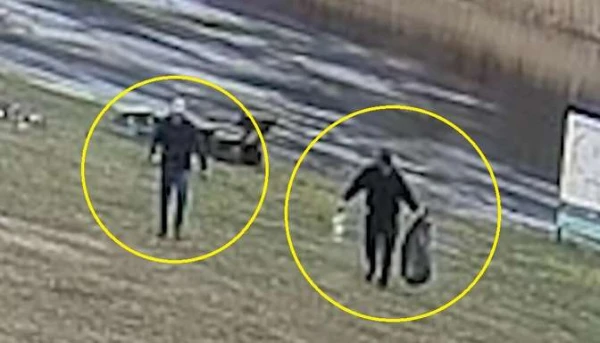
There have been previous reports of a collision between a tram and a car in Riga at the intersection of Bauskas and Margaritas Starostes Streets. This transport hub has long been considered a "black spot" for tram traffic. A similar incident occurred in Pardaugava near the Road Traffic Safety Directorate, reports the Degpunktā program (TV3).
A woman, who was driving in Ziepniekkalns to pick up her child from kindergarten, got stuck in traffic. After a while, she saw that there had been an accident between a tram and a car on Margaritas Starostes Street, which caused the traffic jam.
"It looked like the driver, perhaps out of habit or carelessness, didn’t check for the approaching tram. And most likely, he only ensured safety in the sense that there were no other cars," said Sandra, who witnessed the incident.
She continued: "It was clear that the tram crashed into the front of the car at full speed. Thank God, it seemed that no one was hurt. But half of the car's hood looked as if it had been cut off with scissors. It looked very sad. Most likely, the next stop for the car will be ‘Tolmets’ or a car dismantler because I seriously doubt it can be repaired."
If you drive along Starostes Street to the point where a stop line is marked on the asphalt, it is easy to see whether a tram is approaching from either side.
At this intersection, drivers are required to stop, as indicated by the "Stop" sign. However, there are several scenarios in which a collision can occur here.
It is possible that the driver stopped at the line but did not ensure safety and drove out in front of the tram. Or perhaps he didn’t even try to brake, eager to merge into the heavy traffic on Bauskas Street, but ended up colliding.
Considering that the accident happened after lunch, it is possible that the driver took all necessary actions and even noticed the approaching tram on the right. He began to turn, but cars were already lined up in the lane. The driver had no choice but to stop in front of the tram because there may have already been other vehicles behind him.
A representative of "Rīgas satiksme," Baiba Bartashevicha-Feldmane, explains that in this case, the driver did not ensure safety and drove directly in front of the tram. This year, there have already been more than 100 accidents involving rail transport. Both pedestrians and drivers of various vehicles need to understand that a tram cannot stop as quickly in an emergency as, for example, a car can.
The attention of tram drivers is often tested not only by motorists but also by pedestrians who decide to run across the tracks when the tram is already too close.













